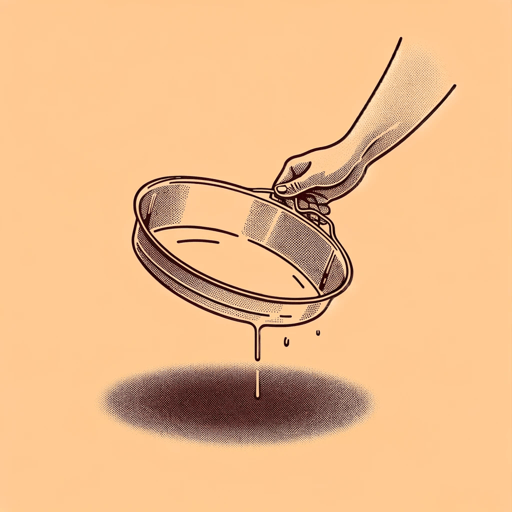27 pages • 54 minutes read
Mark TwainA True Story
Fiction | Short Story | Adult | Published in 1874A modern alternative to SparkNotes and CliffsNotes, SuperSummary offers high-quality Study Guides with detailed chapter summaries and analysis of major themes, characters, and more.
Literary Devices
Frame Story
Content Warning: This section references racism and enslavement.
A frame story, as its name suggests, “frames” the main narrative. In “A True Story,” Aunt Rachel’s story of slavery is preceded and introduced by the short narrative of Misto C sitting on his porch and asking Aunt Rachel about her apparently happy life. The frame narrative serves mostly to cue readers as to how to interpret what follows. Misto C has preconceived notions about Aunt Rachel due to racist stereotypes and the cheerful face she presents to the world. Since the readers are assumed to have the same misconceptions, explicitly invoking Misto C’s misunderstanding asks readers to think twice even before Aunt Rachel takes over the narration. The story does not return to the frame at the narrative’s close, allowing Aunt Rachel to have the final word on her story and challenging readers to linger over and reflect on her narrative.
Repetition
The use of repetition highlights an important character trait of Aunt Rachel. She begins her narrative describing her mother and how she always said “one word” when frustrated: “I want you to understand dat I wa’n’t bawn in de mash to be fool’ by trash! I’s one o’ de ole Blue Hen’s Chickens, I is!” (592).
Related Titles
By Mark Twain

A Connecticut Yankee in King Arthur's Court
Mark Twain

Letters from the Earth
Mark Twain

Life on the Mississippi
Mark Twain

Roughing It
Mark Twain
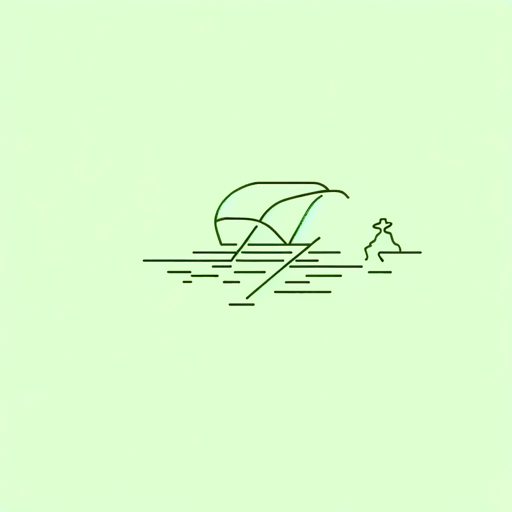
The Adventures of Huckleberry Finn
Mark Twain
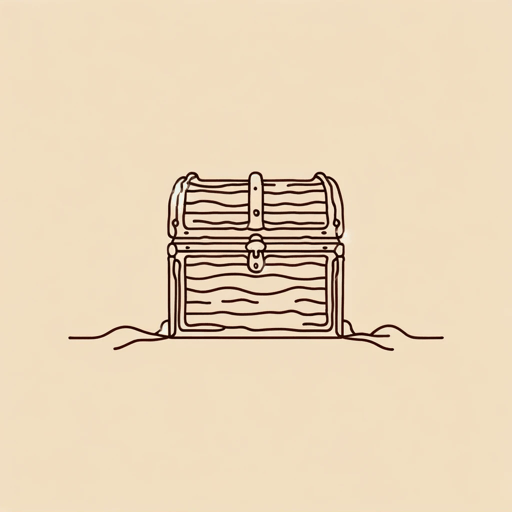
The Adventures of Tom Sawyer
Mark Twain

The Autobiography of Mark Twain
Mark Twain

The Celebrated Jumping Frog of Calaveras County
Mark Twain

The Gilded Age: A Tale of Today
Mark Twain, Charles Dudley Warner

The Innocents Abroad
Mark Twain
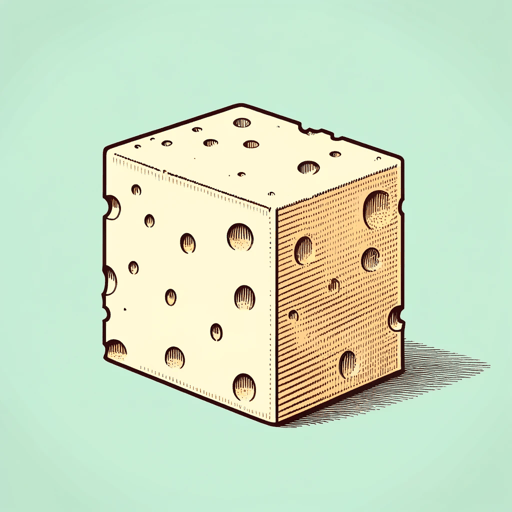
The Invalid's Story
Mark Twain

The Man That Corrupted Hadleyburg
Mark Twain
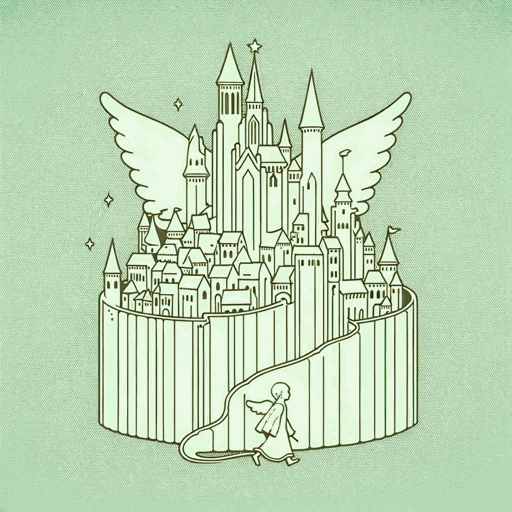
The Mysterious Stranger
Mark Twain

The Prince and the Pauper
Mark Twain

The Tragedy of Pudd'nhead Wilson
Mark Twain

The War Prayer
Mark Twain
